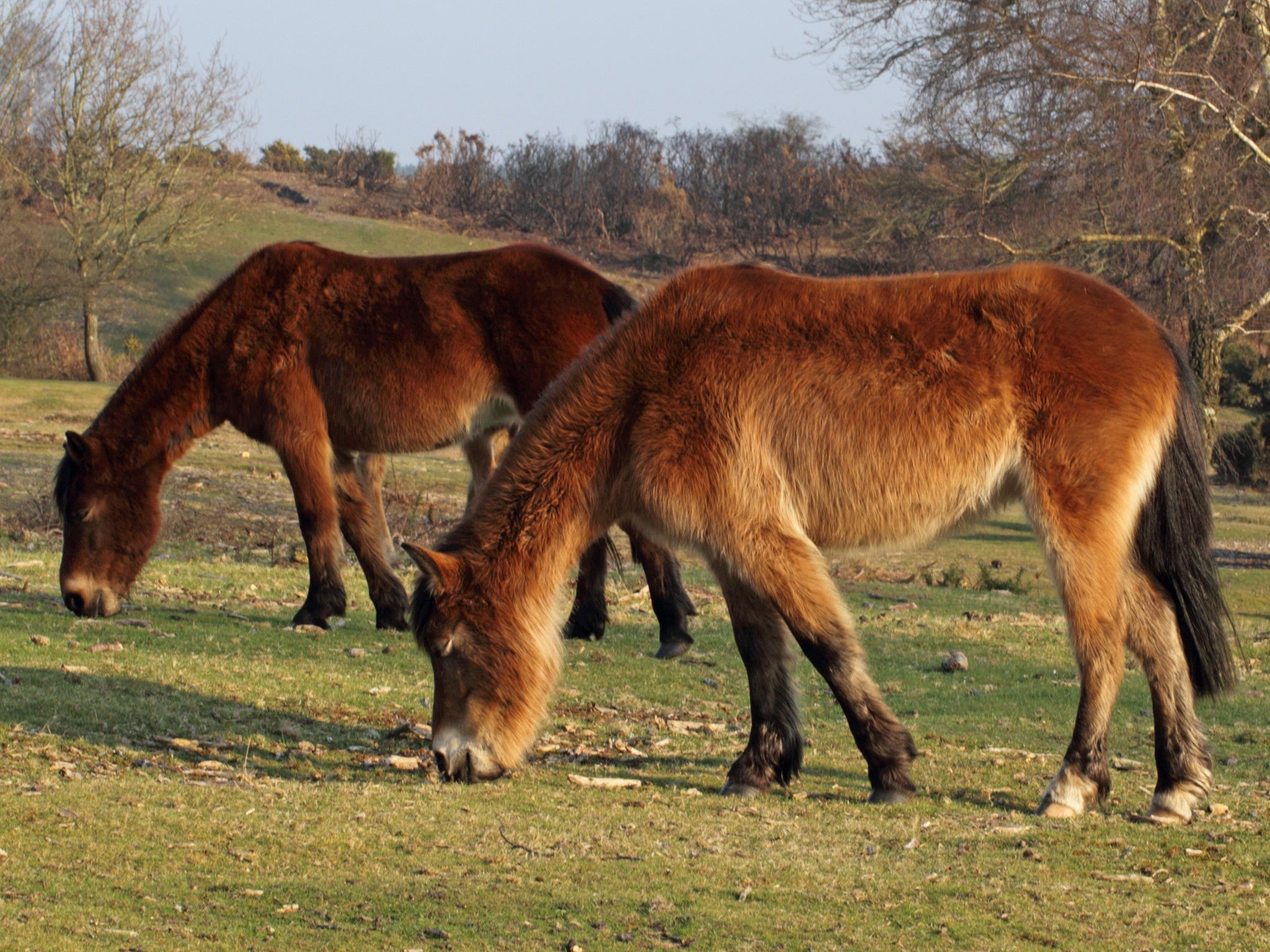Signs warn dog owners of deadly 'Alabama rot' disease in New Forest

Your support helps us to tell the story
From reproductive rights to climate change to Big Tech, The Independent is on the ground when the story is developing. Whether it's investigating the financials of Elon Musk's pro-Trump PAC or producing our latest documentary, 'The A Word', which shines a light on the American women fighting for reproductive rights, we know how important it is to parse out the facts from the messaging.
At such a critical moment in US history, we need reporters on the ground. Your donation allows us to keep sending journalists to speak to both sides of the story.
The Independent is trusted by Americans across the entire political spectrum. And unlike many other quality news outlets, we choose not to lock Americans out of our reporting and analysis with paywalls. We believe quality journalism should be available to everyone, paid for by those who can afford it.
Your support makes all the difference.Signs are to be put up in the New Forest warning dog owners about the outbreak of a mystery disease which has killed 17 dogs in the United Kingdom.
Vets believe the disease may be 'Alabama Rot', which was discovered in the United States in the 1980s. Alabama Rot eventually leads to kidney failure and is more commonly seen with greyhounds, but there are fears that it is now beginning to affect other breeds.
Notices from the Forestry Commission are to advise owners to take their pets to see the vet if their dog shows signs of developing lesions on its legs, paws or face, and are also urged to check even if the lesions appear a week after a walk.
David Walker, of Anderson Moores Veterinary Specialists in Hursley, near Winchester, said: "What I would say is that if you see a skin wound on your dog then don't just leave it.
"Ordinarily you might say I'll leave that for 24-48 hours - I would say don't do that, get down to your local vet."
Mr Walker revealed his practice first saw cases in December 2012 and since then vets had developed a "much better handle on what the disease is".

According to the BBC, the majority of the 17 dogs which had died in the past year were based around the New Forest. Other cases were reported in Surrey, Cornwall, Worcestershire and County Durham.
While the source of the outbreak is yet to be identified, the Environment Agency has ruled out chemical contamination from water supplies.
It had been suggested that a toxin similar to E. coli bacteria could be the catalyst for the outbreak, but Mr Walker said his team had "looked very hard" for the bacteria, but failed to find any trace.
Join our commenting forum
Join thought-provoking conversations, follow other Independent readers and see their replies
Comments